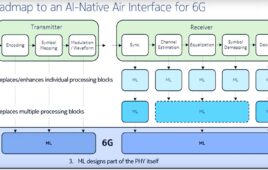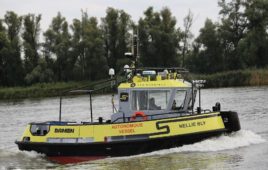A team of researchers affiliated with several institutions in the U.S. reports that LIDAR can be used to find the unmarked graves of murder victims. In their paper published in the journal Forensic Science International, the group describes the technique and how well it worked.
Oftentimes, a murderer will seek to hide the body to avoid being caught and imprisoned. One well-known method of victim hiding is simply to bury the body in a remote location. This approach has proven effective in the long run, as nature will eventually hide evidence of digging—but not all of the evidence, it seems. The researchers in this new effort noted that when a body is buried, it takes up a certain amount of room beneath the ground. But as the body decays, it takes up less room, causing the dirt above to settle. This slight bit of settling can look like a depression on the surface of the ground to the observant eye—though less so when covered by debris such as scattered leaves.
The researchers noted that LIDAR has proven to be quite effective at mapping terrain—one example was its use in uncovering hidden Mayan ruins in the Amazon. LIDAR is an acronym of the words “light” and “radar.” It is used in the same way as radar—light beams, in the form of laser blasts, are fired at the ground, and a sensor reads how much light is bounced back. Improvements over time have led to LIDAR systems that can detect changes in ground texture to the centimeter.
Because of its accuracy, the researchers wondered whether LIDAR could be used to find unmarked graves. They obtained several corpses that had been donated to science and buried them in several unmarked graves. Some of the graves held just one body, others held more, and of course, one held none to serve as a control. The researchers then flew over the graves in a helicopter periodically for almost two years and monitored the ground using LIDAR. They report that they were able to make out the outlines of all of the graves—even those that were covered by leaves and other debris.



